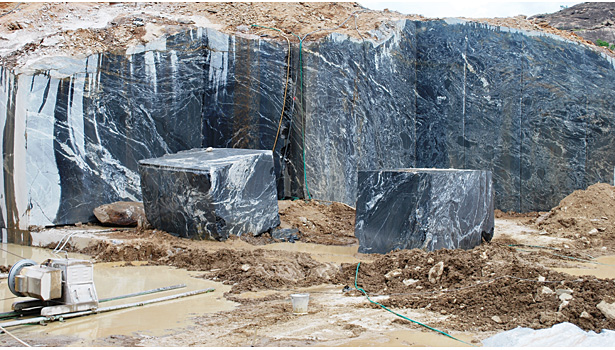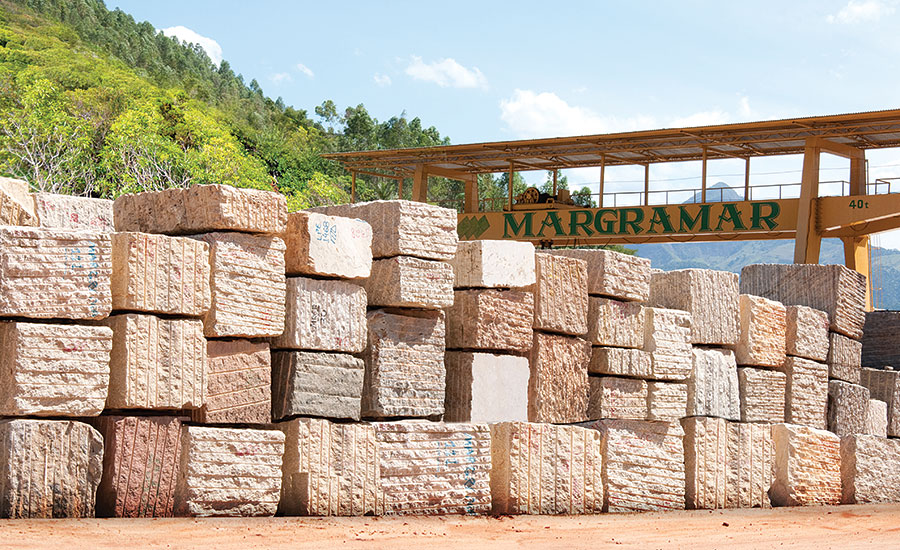Uncovering the Rich History and Sustainable Practices of Granite Quarrying
As we stand on the precipice of uncovering the complex tapestry of granite quarrying, a journey with time reveals not just the physical act of extracting stone however likewise the social and historical importance woven right into the extremely textile of this practice. From the ancient origins that laid the foundation for modern-day quarrying strategies to the lasting techniques that are forming the future of this market, each sculpt mark on granite surface areas informs a story waiting to be uncovered (granite quarries in south africa). The legacy of granite quarrying extends far beyond simple removal; it is a testimony to human resourcefulness, resilience, and the long-lasting allure of this magnificent rock
Old Beginnings of Granite Quarrying
Dating back to old worlds, the method of quarrying granite has actually been an important component of human history and building advancement. The earliest proof of granite quarrying dates back to old Egypt, where large pyramids and intricate sculptures were crafted from this resilient stone. The Egyptians used primitive tools to extract granite blocks from quarries, showcasing the significance of this material in their huge constructions.
Relocating forward in history, the Greeks additionally made considerable payments to the quarrying of granite. The Greeks utilized granite in different building marvels, such as temples and sculptures, showing their ability in shaping and sculpting this sturdy stone. The Romans further improved the techniques of quarrying granite, employing sophisticated tools like chisels and hammers to extract and form granite for their renowned frameworks.
Through the centuries, the method of quarrying granite has actually evolved, with modern-day technologies improving efficiency while keeping the timeless allure of this all-natural stone - granite quarries in south africa. From ancient human beings to contemporary home builders, the heritage of granite quarrying continues to form our globe
Evolution of Quarrying Methods
The evolution of quarrying methods has been noted by a continual progression in the direction of higher effectiveness and accuracy in extracting granite. Early quarrying methods entailed manual labor with standard devices such as knives, hammers, and wedges to draw out granite blocks from the planet.
In even more current times, the introduction of machinery changed the quarrying sector, allowing quicker removal prices and raised performance. Technologies such as ruby cord saws, high-pressure water jets, and pneumatic drills have actually come to be conventional in modern-day quarries, permitting specific cutting and reduced waste. Additionally, developments in computer-controlled equipment and 3D modeling have enhanced quarrying operations, causing very little ecological effect and enhanced sustainability techniques. As the demand for granite proceeds to rise, the development of quarrying strategies continues to be essential to conference market needs successfully and sustainably.
Cultural Significance of Granite
Granite holds a profound social significance throughout numerous civilizations as a result of its long-lasting existence in architectural work of arts and respected monoliths. From the magnificent pyramids of Egypt to the intricate carvings of the Angkor click over here now Wat temple in Cambodia, granite has been a material of option for expressing visit our website splendour and longevity in social heritage. In ancient Rome, granite columns adorned holy places and public structures, representing strength and durability. The social importance of granite prolongs beyond its physical attributes; it symbolizes durability, security, and timelessness, making it a symbol of enduring legacies and customs.

Sustainable Practices in Quarrying
Amidst the rich background of granite quarrying and its social importance lies a growing focus on lasting practices within the sector. As environmental understanding and problems about source depletion have actually heightened internationally, the quarrying sector has significantly embraced sustainable techniques to decrease its effect on the setting and surrounding areas.

Moreover, improvement and rehab of quarry sites post-extraction are important to lasting practices. By bring back quarried locations to an all-natural or beneficial state, such as creating wild animals habitats or leisure spaces, quarriers can offset the environmental impact of navigate to this site their operations and contribute favorably to the local ecosystem.
Tradition of Granite Quarrying
With a historical backdrop steeped in workmanship and industrial progression, what sustaining influence has granite quarrying left on the landscape of contemporary society? The legacy of granite quarrying goes beyond plain extraction practices; it has actually formed building marvels, city landscapes, and social heritage worldwide. The durable nature of granite has made it a recommended option for monuments, structures, and infrastructure, standing as a testament to the ability and artistry of quarry employees throughout generations.
In addition, the financial footprint of granite quarrying can not be overlooked. The industry proceeds to give employment possibility and drive regional economic situations in areas where granite extraction is prevalent. It has likewise spurred technical improvements in quarrying strategies and tools, leading to extra effective and lasting methods.
In terms of sustainability, the tradition of granite quarrying includes initiatives to reduce ecological effects with improvement jobs and accountable source monitoring. By stabilizing financial interests with ecological stewardship, the market strives to make certain that future generations can remain to benefit from this long-lasting natural resource.
Final Thought
